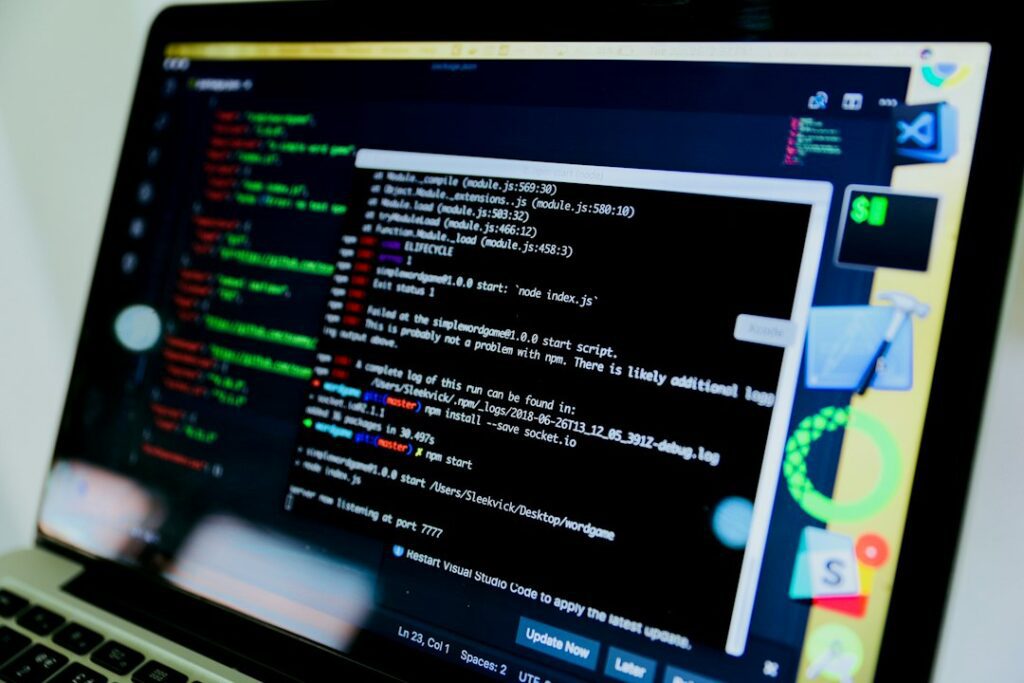Daungwurrung Language people have a rich history and culture that dates back thousands of years. They have a deep connection to the land and have lived in harmony with it for generations. The Daungwurrung language has been an integral part of their culture, serving as a means of communication and a way to express their unique worldview.
The Daungwurrung language was traditionally spoken by the Daungwurrung people in their daily lives. It was used for storytelling, ceremonies, and passing down knowledge from one generation to another. The language was also used to communicate with neighboring Indigenous groups, facilitating trade and cultural exchange.
The Decline of the Daungwurrung Language and Efforts to Revive It
Unfortunately, like many Indigenous languages around the world, the Daungwurrung language has experienced a decline in recent years. This decline can be attributed to various factors, including colonization, forced assimilation policies, and the impact of English as the dominant language.
Efforts have been made to revive the Daungwurrung language and ensure its survival for future generations. Language programs and community initiatives have been established to teach the language to younger generations and encourage its use within the community. These efforts aim to not only preserve the language but also revitalize the cultural practices and traditions associated with it.
The Importance of Language Preservation for Indigenous Australian Communities
Language preservation is of utmost importance for Indigenous Australian communities. Language is not just a means of communication; it is a fundamental part of their cultural identity. It holds the key to understanding their history, traditions, and worldview. Without their language, Indigenous communities risk losing a significant part of their heritage and cultural identity.
Language preservation also plays a crucial role in maintaining the connection between generations. It allows elders to pass down traditional knowledge and wisdom to younger generations, ensuring the continuity of cultural practices and values. Language is a powerful tool for strengthening community bonds and fostering a sense of belonging among Indigenous Australians.
The Impact of Colonization on the Daungwurrung Language and Culture
| Metrics | Importance |
|---|---|
| Number of Indigenous Australian languages | 250+ |
| Number of Indigenous Australian languages endangered | Over 100 |
| Percentage of Indigenous Australian languages with less than 100 speakers | 80% |
| Impact of language loss on Indigenous Australian communities | Loss of cultural identity, knowledge, and connection to land |
| Efforts to preserve Indigenous Australian languages | Language revitalization programs, community-led language documentation, and education initiatives |
The colonization of Australia by European settlers had a profound impact on the Daungwurrung people and their language. The arrival of Europeans brought about significant changes in the social, political, and cultural landscape of the country, which had a detrimental effect on Indigenous languages and cultures.
The forced assimilation policies implemented by the Australian government aimed to eradicate Indigenous languages and cultures in favor of European values and practices. Indigenous children were taken from their families and placed in institutions where they were forbidden to speak their native languages. This resulted in a loss of language proficiency among younger generations and a decline in the use of Indigenous languages within communities.
The Role of Education in Revitalizing the Daungwurrung Language
Education plays a crucial role in language preservation efforts. Schools and universities have implemented language programs and initiatives to teach Indigenous languages, including Daungwurrung, to students. These programs aim to not only teach the language but also promote an understanding and appreciation of Indigenous cultures.
Language programs in schools provide opportunities for younger generations to learn their ancestral languages from fluent speakers and elders within their communities. This helps to bridge the intergenerational gap and ensure the transmission of cultural knowledge and practices. Language education also fosters a sense of pride and identity among Indigenous students, empowering them to embrace their heritage.
Collaborative Efforts Between Indigenous and Non-Indigenous Communities to Preserve the Language

Preserving Indigenous languages requires collaborative efforts between Indigenous and non-Indigenous communities. Non-Indigenous individuals and organizations have recognized the importance of language preservation and have actively supported Indigenous communities in their efforts.
Collaborative initiatives involve partnerships between Indigenous communities, linguists, educators, and government agencies. These partnerships aim to develop resources, curriculum materials, and language programs that are culturally appropriate and responsive to the needs of Indigenous communities. By working together, Indigenous and non-Indigenous communities can ensure the preservation and revitalization of Indigenous languages like Daungwurrung.
The Cultural and Spiritual Significance of the Daungwurrung Language for Indigenous Australians
The Daungwurrung language holds deep cultural and spiritual significance for Indigenous Australians. It is not just a means of communication but a reflection of their unique worldview, beliefs, and values. The language is intricately connected to their land, ancestors, and spiritual practices.
The loss of a language can have profound effects on the cultural and spiritual well-being of Indigenous communities. Language is a vehicle for expressing cultural concepts, traditional knowledge, and spiritual beliefs. It is through language that stories are told, ceremonies are conducted, and connections to the land are maintained. The preservation of the Daungwurrung language is therefore essential for the continued cultural and spiritual vitality of the Daungwurrung people.
The Use of Technology and Multimedia to Teach and Promote the Daungwurrung Language
Technology and multimedia have played a significant role in teaching and promoting the Daungwurrung language. Language apps, online resources, and social media initiatives have been developed to make language learning more accessible and engaging for younger generations.
Language apps provide interactive and user-friendly platforms for learning Indigenous languages, including Daungwurrung. These apps often include audio recordings, vocabulary lists, and interactive exercises to help users develop their language skills. Online resources such as websites and videos provide additional learning materials and cultural information.
Social media platforms have also been utilized to promote the Daungwurrung language and raise awareness about its importance. Indigenous communities and language advocates use social media to share language resources, organize language events, and connect with other language learners and speakers.
The Future of the Daungwurrung Language and Its Place in Indigenous Australian Heritage
The future of the Daungwurrung language relies on continued efforts to preserve and promote it within the community. Language programs, community initiatives, and collaborative partnerships are essential for ensuring the survival of the language for future generations.
The Daungwurrung language holds a significant place in Indigenous Australian heritage. Its preservation is not only important for the Daungwurrung people but also for the broader Australian society. Indigenous languages are a valuable part of Australia’s cultural diversity and contribute to the country’s rich tapestry of languages and cultures.
In conclusion, the Daungwurrung language is a vital part of Indigenous Australian heritage. Its preservation is crucial for maintaining cultural identity, passing down traditional knowledge, and fostering a sense of pride among Indigenous communities. Efforts to revive and promote the Daungwurrung language through education, collaboration, and technology are essential for ensuring its survival for future generations. Language preservation is not just about words; it is about preserving a way of life, a connection to the land, and a celebration of cultural diversity.
If you’re interested in learning more about indigenous languages, you might want to check out this article on the revival of the Daungwurrung Language. It discusses the efforts being made to preserve and promote this nearly extinct language. Click here to read more about it.
FAQs
What is Daungwurrung Language?
Daungwurrung Language is an indigenous Australian language spoken by the Daungwurrung people of central Victoria.
How many people speak Daungwurrung Language?
Currently, there are no known fluent speakers of Daungwurrung Language. However, efforts are being made to revive the language.
What is being done to revive Daungwurrung Language?
The Daungwurrung Language Group has been established to revive and promote the language. They are working with linguists and community members to document and teach the language.
What is the history of Daungwurrung Language?
Daungwurrung Language has a long history, dating back thousands of years. It was spoken by the Daungwurrung people, who lived in central Victoria before European settlement. The language was largely lost due to the impact of colonization and the forced removal of Indigenous children from their families.
Why is it important to revive Daungwurrung Language?
Reviving Daungwurrung Language is important for several reasons. It helps to preserve the cultural heritage of the Daungwurrung people and promotes reconciliation between Indigenous and non-Indigenous Australians. It also provides an opportunity for future generations to learn about and connect with their ancestral language and culture.
